You don’t have to be an expert in environmental psychology to understand that plants are visually appealing. But if you delve a little deeper, you will find that inside gardening has many advantages that go far beyond aesthetics.
According to a recent study, indoor plants have several subtly beneficial effects on people and structures. Interior landscaping is essential for creating a comfortable and relaxing space to move, work, or unwind.
All the mentioned benefits are applicable only when your plants are healthy. Indoor plants can be challenging to maintain because their native habitat isn’t inside a home, but with the correct plant pot, caring for your houseplants becomes less of a job. The best pot for the job will depend on the type of plant; these are the ones you should and shouldn’t use.
Plant Judo is the one-stop online shop that will help you enhance the appearance of your indoor space. We provide access to all the resources necessary to keep your plants healthy when you own plants.
Get in touch with us to learn more about us.

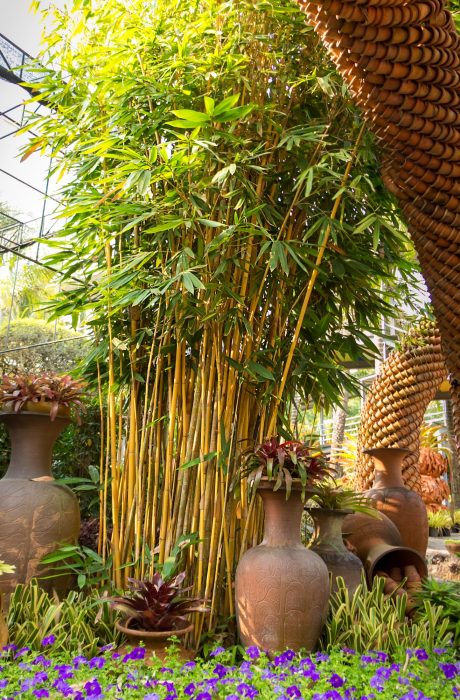
Everyone’s obsession with greenery has a good reason: mental and physical health is enhanced by indoor plants in so many ways.
Ever ponder why being around nature makes you feel like you can breathe more easily, concentrate better, and generally be happier?
These benefits have been around for a long time—far longer than our seeming sudden fondness for verdant settings.
Here are some more benefits of indoor plants:
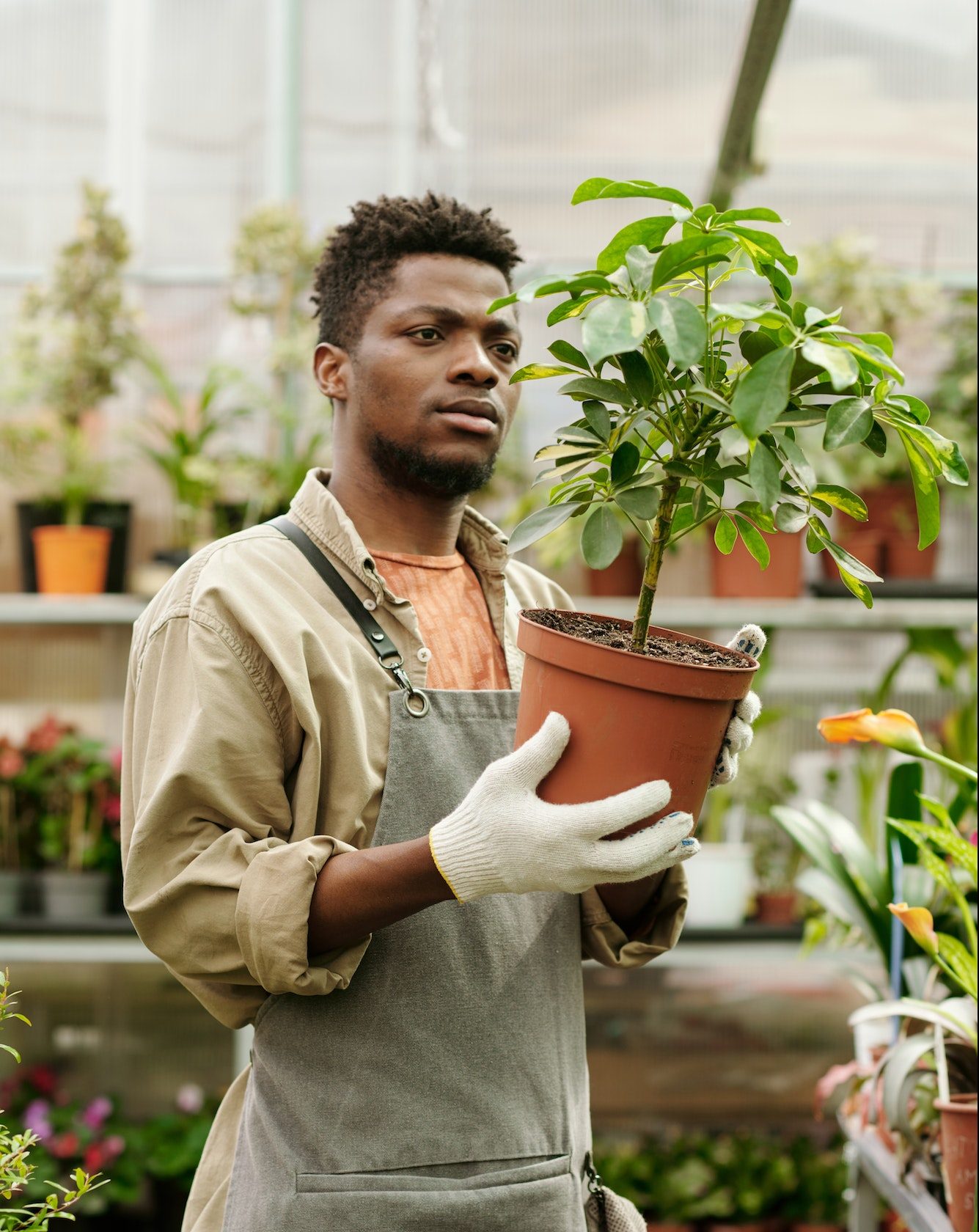
According to research, indoor plants help purify the air by removing typical indoor contaminants like formaldehyde and benzene. A study discovered that the dracaena plant absorbed 94% of the acetone in 12 hours, while the bromeliad plant removed more than 80% of six volatile organic chemicals (out of the eight tested).
Stressful emotions can harm your physical and mental health. However, finding enough free time to engage in stress-relieving activities like yoga regularly, meditation, or exercise may be challenging for individuals with hectic schedules.
But adding plants to your home or apartment is an excellent way to combat these harmful emotions without taking more time out of your day. According to a 2015 study, young adults who engaged with indoor plants experienced less physiological and psychological stress.
It might be a good idea to have a few indoor plants in your hospital room or other recovery location if you have recently had surgery or are going to undergo a procedure. The results of your surgery can be improved by plants, according to the evidence.
Researchers discovered in a 2009 study that recovering patients exposed to plants had better outcomes. Blood pressure and ratings for pain, anxiety, and weariness were all found to be associated with the plants. Plants and flowers can be helpful therapeutic tools and enhance patient healing.
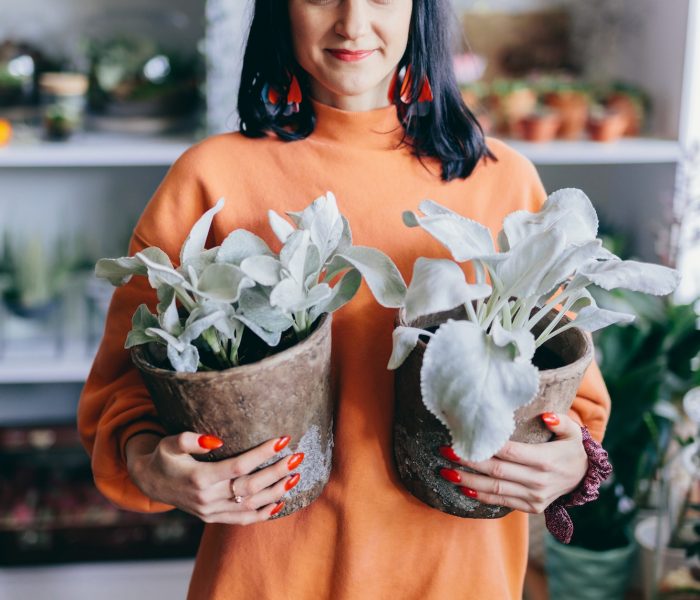

No matter what size pot they begin in, the plants will eventually need to be moved to accommodate their growth. Every plant occasionally requires new soil, even if it isn’t transplanted.
Along with whatever fertiliser you may apply throughout time, the soil in the pot serves as the plant’s sustenance. You must replenish the soil approximately every 12 to 18 months for your plant to thrive. Your plants’ surroundings are given nutrients by new soil, which also creates a lovely atmosphere for them to flourish.
The appropriate soil is essential, but so are suitable pots. Your plants won’t know how to grow if the container is too big or small. You’ll find plants bending in directions toward the light, root tangling, and water dripping from the drain holes.
You need the proper pot for every indoor plant to allow room for the roots. Your plant’s growth will be negligible when the roots are gone. It may be desirable in smaller homes, but it is unfair to your plant’s life cycle if you limit its roots’ growth.
At Plant Judo, we have numerous plant pots because we understand that every plant has different needs.
Indoor plants’ pots and containers can be made out of a wide variety of materials. Consider this factor when selecting pots and containers for your indoor gardens. However, drainage and size are more crucial.
The materials used to make indoor pots and containers are created to guarantee that the containers can hold the water required for indoor gardens and plants.
When choosing the best material for indoor plant containers, important factors to consider are how much heat and water the container will absorb. According to some experts, ceramic and plastic materials are the best for giving plants high absorption and heat retention. When choosing containers and pots for indoor plants, heat retention is crucial because plants appreciate the sun and thus prefer warmth.
Our store’s most popular materials for indoor plant pots and containers are metal, wood, stone, fibreglass, clay, and ceramic. The most common material for pots and containers is probably terracotta, although there are other options.

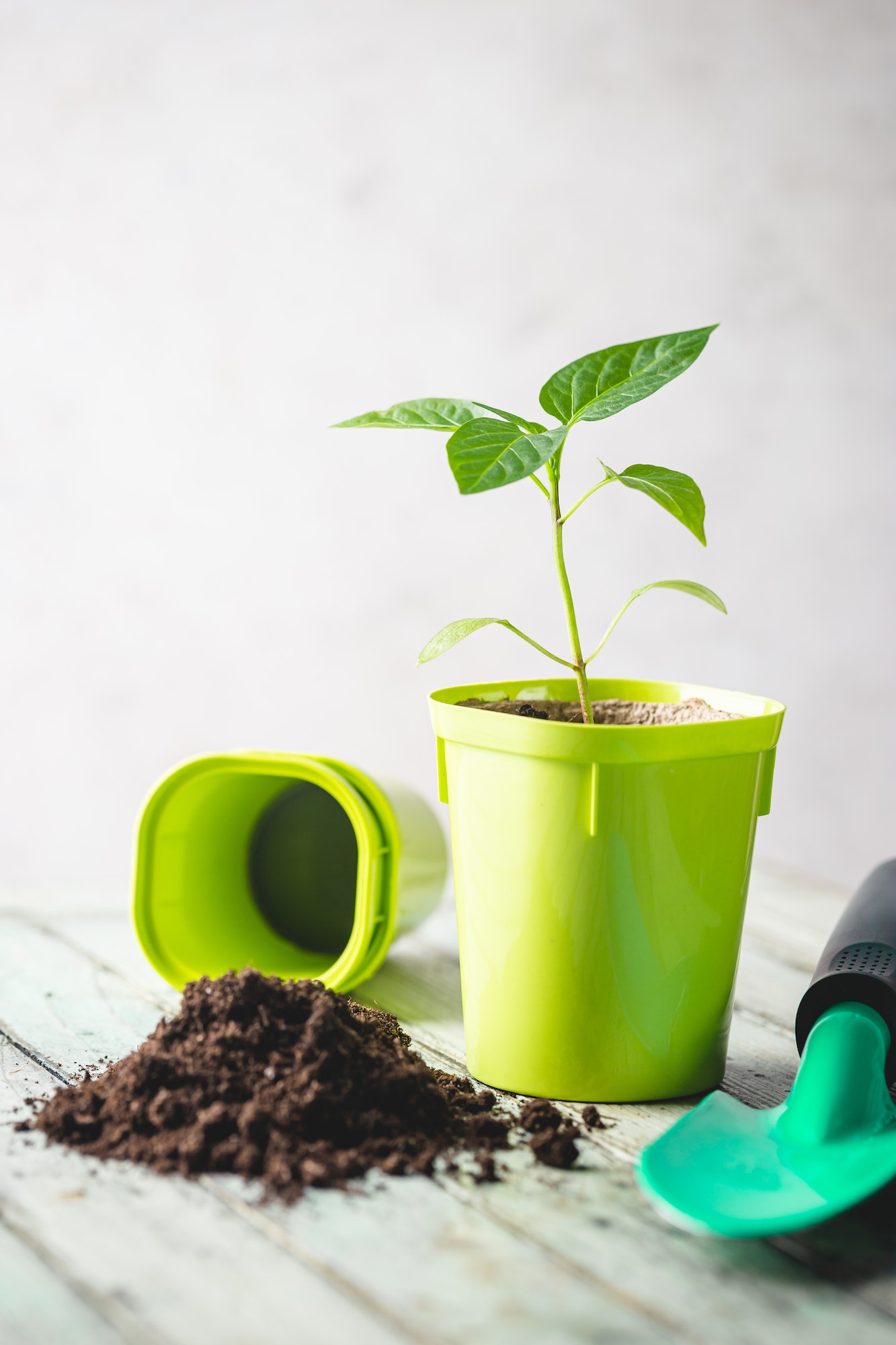
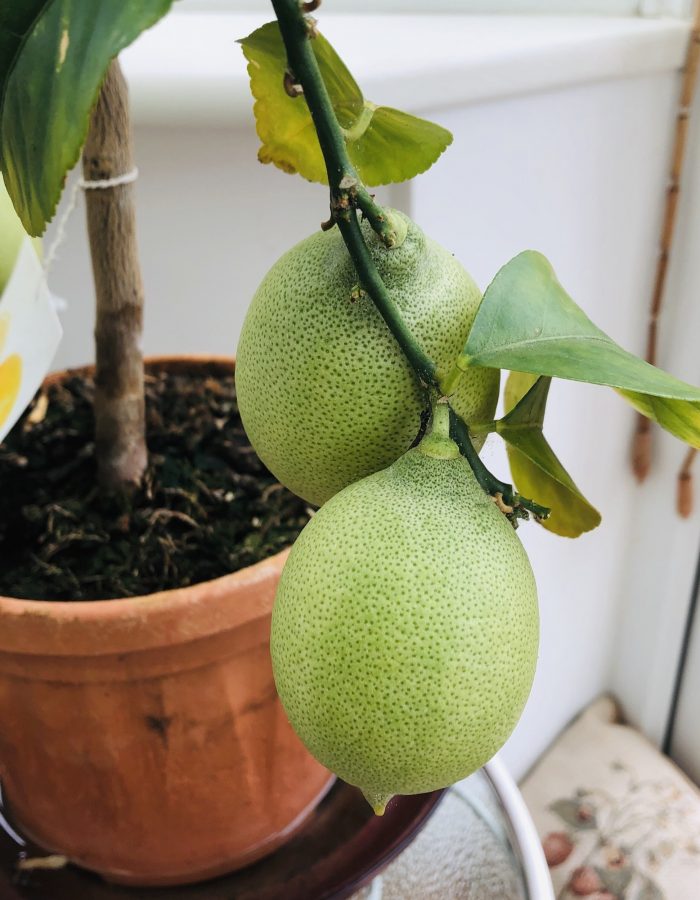
Pots and containers for indoor plants must have good drainage. It provides a few benefits and aids in water drainage through the soil.
Adequate watering can help your plant stand upright. Though the soil cannot withstand excessive amounts of water, it requires just as much as the plant. Any required water will be taken by soil with good drainage. At Plant Judo, we have pots with drainage holes at their bottom.
One of the main reasons plants require water is to provide oxygen. The proper amount of water allows oxygen to pass through the plant’s body and into the root system. Make careful to empty the containers at the bottom of your plants after watering them so that the pots and roots don’t stay in pools of water all day.
At Plant Judo, we provide helpful advice on caring for indoor plants. We are a distinct online community for people like you who are interested in plants profoundly and want to learn more about caring for them.
Growing plants can be exciting and therapeutic. There is a need for more people to become aware of the advantages of this type of self-care. We are eager to travel with you on this adventure!
Get in touch with us today.
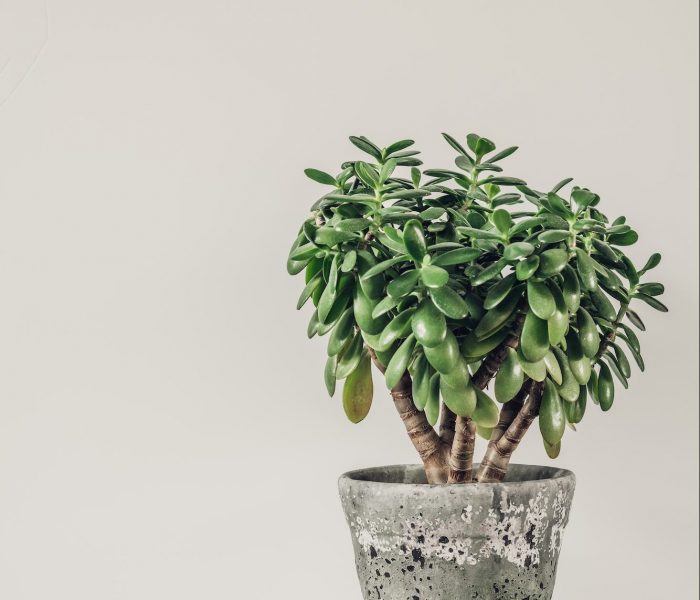
Yes, drainage holes are essential for pots. Except for a few aquatic plants, plant roots do not prefer to be submerged in water.
They require oxygen and carbon dioxide from the air, and too much water blocks the air pockets in the soil. In containers lacking drainage holes, it is simple for plants to get too wet.
Select a planter at least two inches wider than the plant’s diameter. Select a pot that is just a little bit bigger than the plant. Since the roots won’t be able to expand in a small pot, they risk becoming tangled and congested.
You can fill the bottom of big containers with plastic bottles. The bottles should have their caps on and be emptied but not crushed. Water bottles or half-gallon containers are other options.

Copyright © 2024 Plant Judo. All Rights Reserved
Kemp House, 152 – 160 City Road,
London, EC1V 2NX
United Kingdom